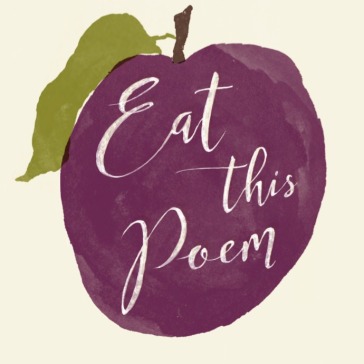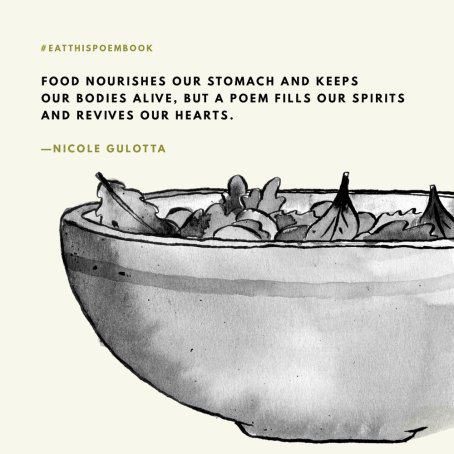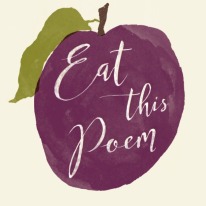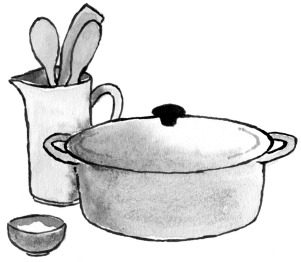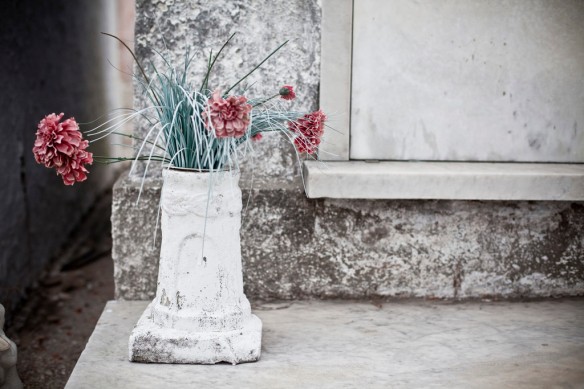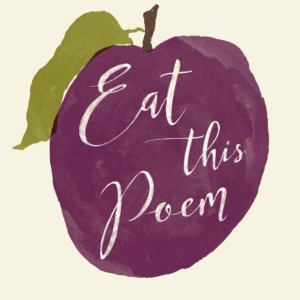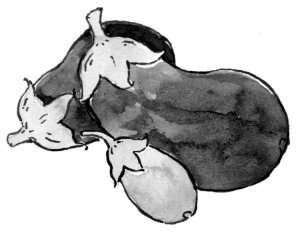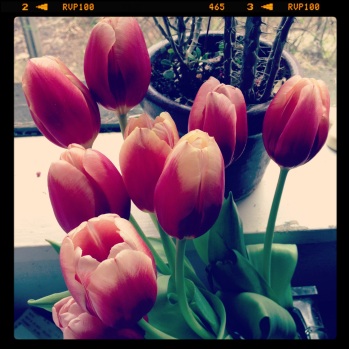
No, wait, that was March….in like a lion, out like a lamb, right? I don’t know, this year it feels like March roared most of the month, so maybe it’s the story for April….though April is looking pretty lion-like:
It’s National Letter Writing Month! Well, the folks at Egg Press say it is, and have thrown down the gauntlet for a 30-letters-in-30-days challenge. Yeah, I have made my letter recipient list, accumulated all my letter writing supplies (yes, post cards count!) and I am going for it. You should too. It’s a creative act of resistance against all the boring, senseless pieces of paper that end up in our mailboxes. Remember how exciting it is to get a handwritten letter? As much as I appreciate the immediacy of text and messages and email, nothing beats the delight and sweet anticipation of seeing an envelope bearing the handwriting of someone near or far, who took the time to sit and write a letter. It is slower, more deliberate, more intentional. I love to write letters and receive them, and as my friend (and letter writer extraordinaire) Miss P says, “to get mail, send mail.”
So I am taking up the challenge, and hopefully my mailbox, too, will be full of tasty bits from friends near and far over the course of the next thirty days.
And, it’s also National Poetry Month. With everything else going on, I’m not sure I can manage writing much poetry this month, but I am going to attempt to read a poem a day.
And then, there is the first-of-the-month excerpt of the novel-in-progress (which will be leaving my hands in the next few days to go under the experienced eye of a trusted reader and developmental editor, to help me see what I have amassed and suggest how to move it forward. (I am both excited and nervous, I confess.)
I hope you enjoy it, and find things to celebrate this month!
###
Bea wandered amongst the stalls of the market in the staccato of sunlight through the trees. She liked the midweek farmers market because it was always less crowded than on Saturday mornings. Often she could find things that weren’t available in large enough quantities to bring out on the weekends; odds and ends left over from restaurant orders and yet still a decent supply of the usual seasonal offerings. She liked to walk slowly and take her time, picking up and smelling the stem end of heirloom tomatoes, so large that only one would fill her entire hand; admiring the abundant assortment of vegetables, the myriad shades of green; the less familiar curiosities like bitter melon and opo squash, the contorted yellow citron known as Buddha Hand that came from the greenhouses of a local specialty citrus grower.
Bea had bought one of these once and took it home, placing it in the center of her butcher block and admiring its strangeness. She had searched through cookbooks but finally resorted to the internet to learn what to do with it. She ended up grating a bit of the intensely tart-sweet scented rind into a small jar of sea salt, which she put away in the cupboard to infuse for several days. She later used the aromatic, flavored salt to season black cod fillets. The pale flesh (the fruit was nearly devoid of the usual citrus-like pulpy sections), she sliced thinly and tossed in a salad of soft lettuces and peppery arugula, grating the rind into a nice, citrusy vinaigrette dressing. She also blended some minced rind and flesh into softened butter, shaped it into a log and put in the freezer – later to be sliced into yellow flecked citrus-heady compound butter that was delicious on hot cornbread.
Bea picked up a large fist-size Buddha’s Hand from a small basketful under a large red umbrella, along with some succulent looking pac choi and daikon radishes; she gave her money to the gray-haired woman sitting at the table, nodded her thanks, and went in search of other ingredients.
She knew who would have leeks for the terrine. She specifically wanted those delicious, small first thinnings from the field, no more than an inch wide, tender and almost sweet. A little bit like scallions on steroids. She scanned the market tents for the telltale orange and green stripes that meant Andy and Gail McKenzie were in attendance. Spotting it in the middle distance, Bea made her way toward it, making a mental note to stop back at the booth of her favorite cheesemaker next for the fresh feta she needed.
Andy McKenzie, his bright red hair moving in several unruly directions at once, was a good head taller than everyone else in the vicinity. He was talking intently with a customer, holding a small yellow apple in one hand that he expertly cut with an ancient looking paring knife, removing a thin slice that he handed to the customer to try, not breaking his concentration from whatever he was saying, whatever point he was making.
He caught Bea out of the corner of his eye as she walked up and stood at what she hoped was a polite and appropriate distance; he cut another slice of apple and extended it in her direction without looking directly at her nor interrupting his conversation. The customer nodded appreciatively as she chewed then, thanking Andy, filled a paper bag with apples, moving to where Andy’s wife Gail was standing at the ready to weigh and take money. Gail too, spotted Bea and waved with a big smile, then place the bag of apples on the scale.
“It’s Yellow Transparent,” said Andy in response to Bea’s raised eyebrows. “Will make some of the best applesauce you’ll ever taste.” He smiled and crow’s feet shot from the corner of his eyes like happy lightning bolts. “I’m surprised you didn’t recognize it.” He teased, winking at her.
“I know, I always forget about the early varieties, except for Gravensteins,” Bea replied. “They’re so early, before I start thinking seriously about apples. Besides,” she added, as Andy handed her another slice, balanced delicately on the flat of the knife blade, “you don’t see these very often. So delicious, too.”
Andy saw Bea’s glance casting around his tables. “What are you looking for?” He asked.
“Baby leeks. Got any thinnings this early?” Bea was starting to be anxious that she wouldn’t find them in time. But she knew Andy made a habit of planting earlier in the year than other farmers, starting them in his large greenhouse to give them a head start when the February countryside was still overlaid with cold, gray drizzle, occasionally a frost or light snow. He wanted to have a good supply of the increasingly popular small leeks for customers like Bea and for local restaurants.
“You’re in luck,” Andy smiled at her, “I harvested the first batch yesterday.” He pointed the hand still holding the apple toward a flat basket that was on a table next to where Gail was standing. “What are you going to do with them this time?” He asked as he ran a large-boned, well-tanned hand through his unruly hair.
“I’m going to make a leek and feta terrine,” said Bea. “I’m thinking of serving it for a dinner party but want to try the recipe first. I’m thinking of roasting a whole salmon, or baking fillets in parchment paper. Which do you think?” Bea knew Andy had spent time working in restaurants before deciding he wanted to get his hands in the soil at the other end of the supply chain.
“Hmm,” Andy considered, rubbed his stubbled chin. “I think I would go with the parchment paper. The fish will be more tender, more delicate, which might be a better match with the subtle flavor of the leeks?” His voice went up at the end in question.
“That was my thought too,” said Bea. “Thanks, Andy. I’ll grab a few pounds, oh and a bag of Yellow Transparents, too.” She smiled.
Bea put her purchases in her deep canvas bag and the bag over her shoulder. She sighed, feeling a sense of wealth at even the slight weight of it. Then, waving a last goodbye to Andy and Gail, she stepped back out into the slow, trickling stream of market goers and made her way back to see her friend Martha. Bea realized she didn’t know Martha’s last name. She was just Martha-of-Blue-Waters-Creamery. Bea had been buying cheese from Martha for about a year, after she had gotten her first taste of the creamiest feta she had ever experienced, tossed in a simple green salad at a potluck at work. She’d had to ask around for a while to find out it was Marilyn in the Design Department who had brought the salad. Which had then led Bea to Martha, her goats, her devotion to making great cheese. Bea and Martha hit it off immediately at that first meeting across the table in Martha’s small booth. After tasting an array of cheeses and purchasing several, Bea had signed up on the spot for the wintertime subscription – November through February, a monthly delivery of three different cheese, waiting to be picked up from a cooler on the front porch of one of Martha’s grown daughters.
Bea was sorry to see it wasn’t Martha behind the table today.
“She’s at home with the flu,” said the lanky twenty-something who carried enough of a trace of Martha in his features that Bea guessed this was probably her youngest, Eddie. Bea said she was sorry to hear Martha was sick, and to please tell her that Bea said hello and get well soon. “And could I have a pound of fresh feta?”
Adding the cheese to her bag, wedging it in between the leeks and the bouquet of lavender, white scabiosa and tiny yellow asters she had bought from Gail McKenzie, Bea perused the fringe of the market for anything else that caught her eye. She added a fragrant loaf of dense rye bread and some late season tomatoes to her cache before turning her back on the vendors and heading down toward the waterfront and the fish markets, to see about that salmon.
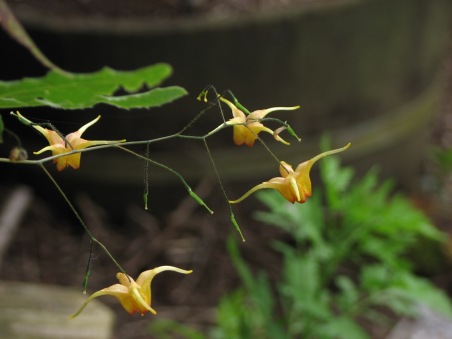

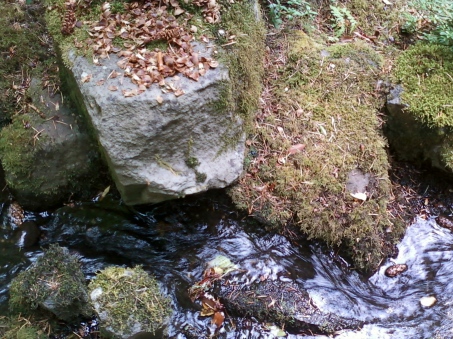
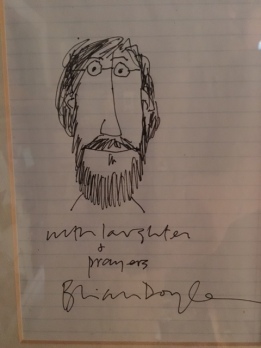
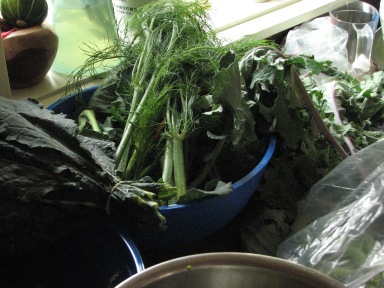


 ,
,